Shoe design is a blend of creativity, functionality, and craftsmanship. It encompasses everything from the aesthetic appeal of the shoe‘s silhouette to the technical aspects that ensure comfort, durability, and performance. One of the most important components in shoe design is the sole, which plays a crucial role in how the shoe feels, performs, and interacts with the ground.
In summary, shoe design is a multidisciplinary field where form meets function, with the sole acting as a critical element that supports both the wearer’s comfort and the overall aesthetic. Whether creating a high-performance athletic shoe or a stylish pair of boots, designers must balance these factors to craft footwear that is both beautiful and practical.
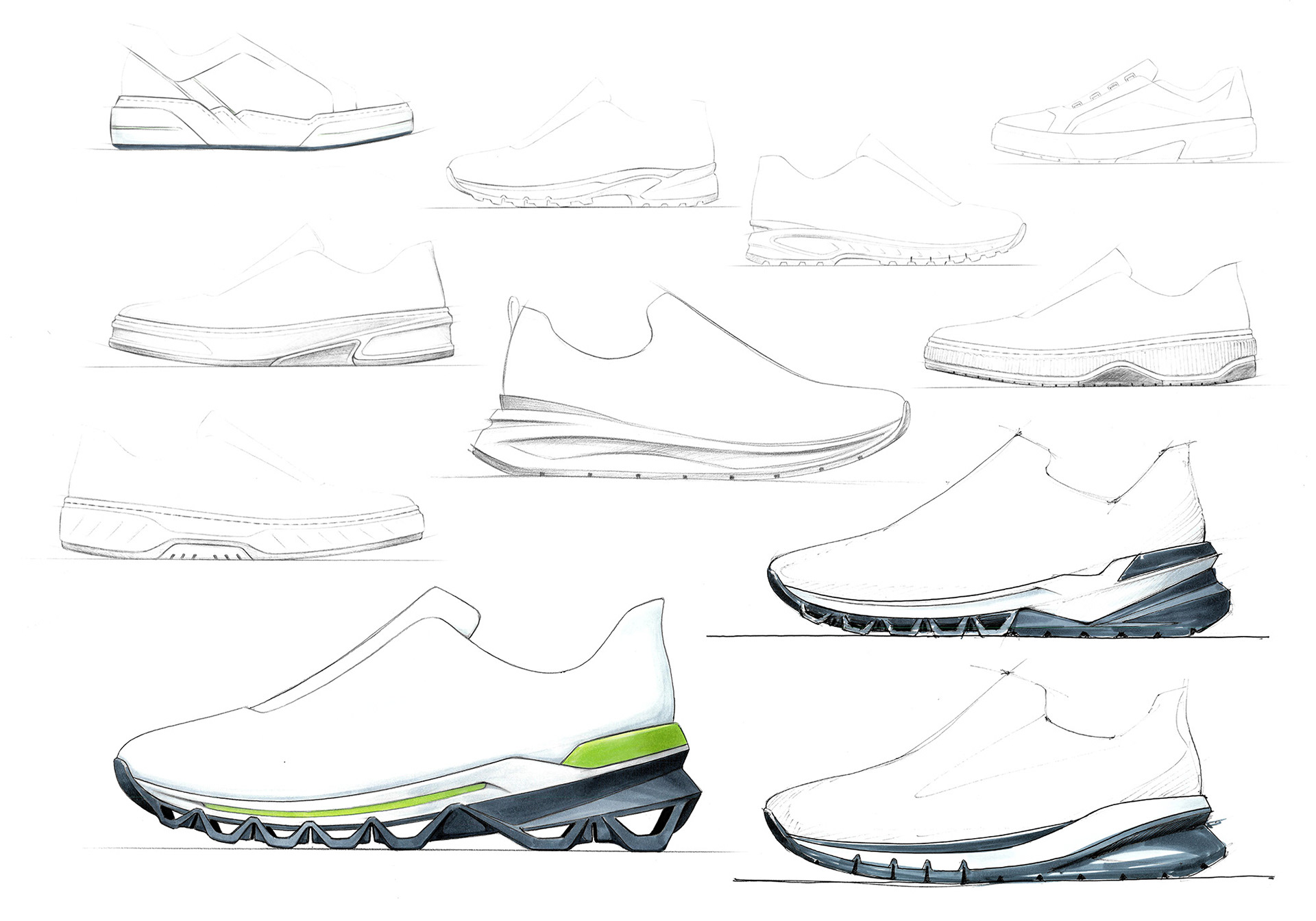
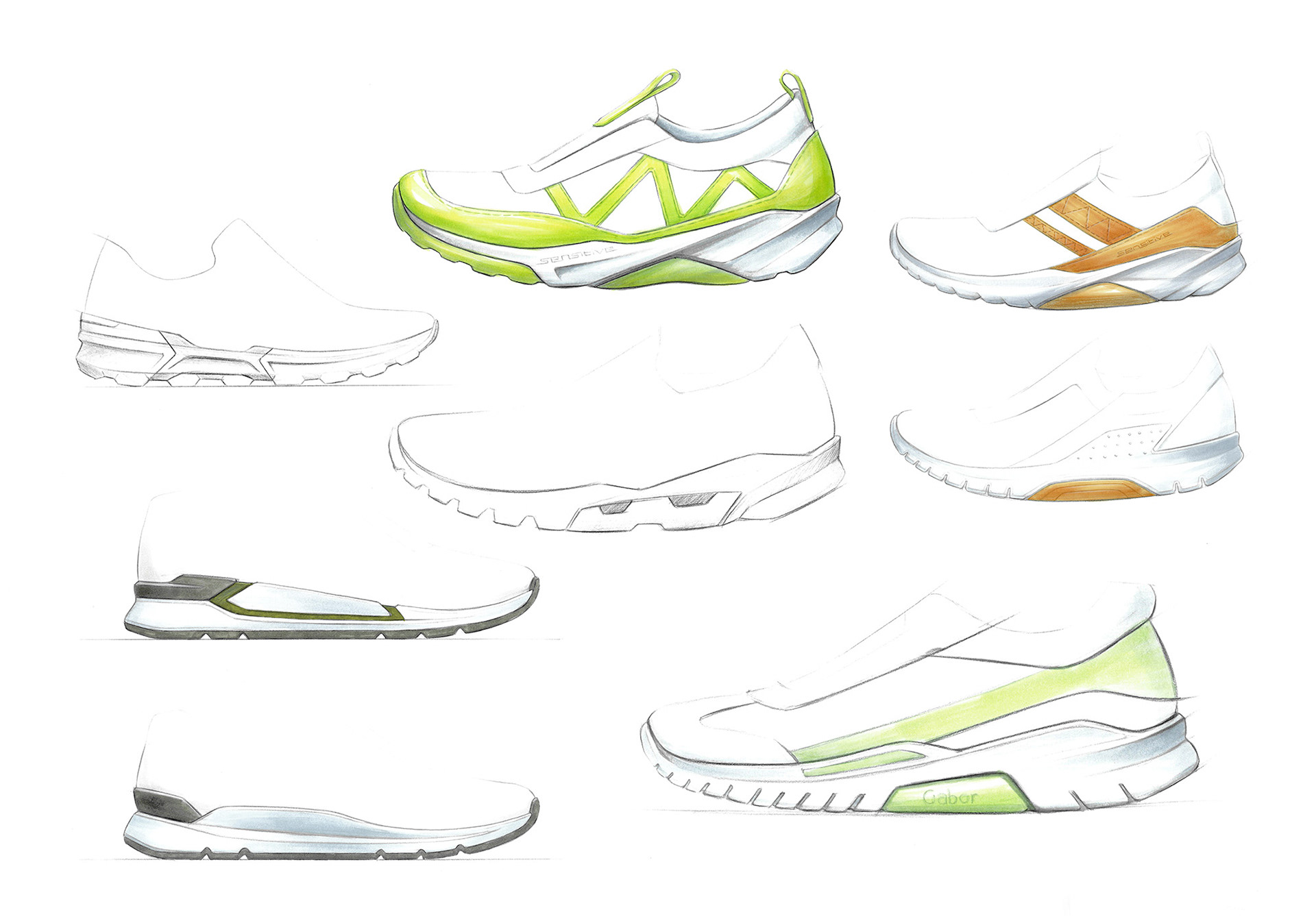
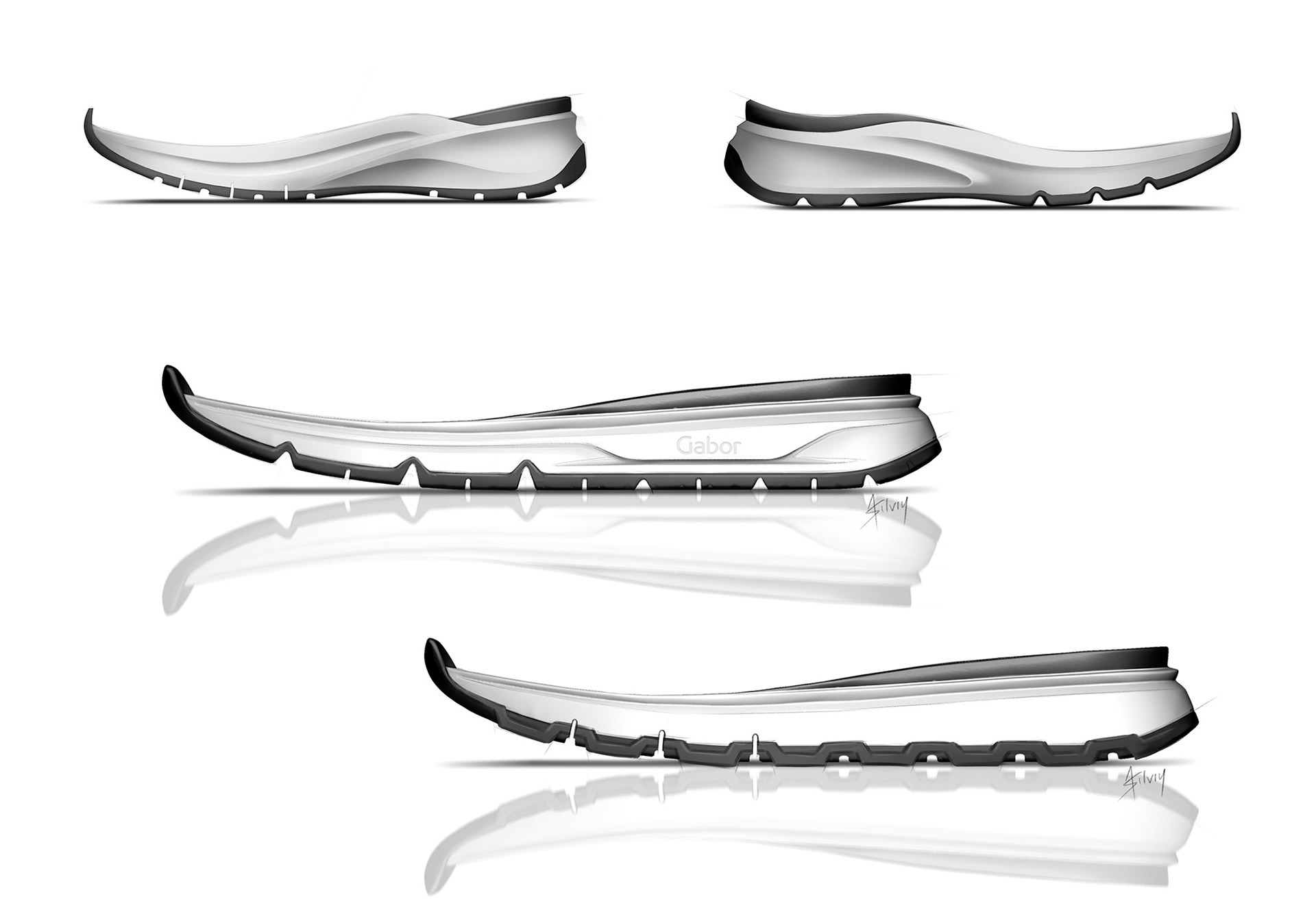
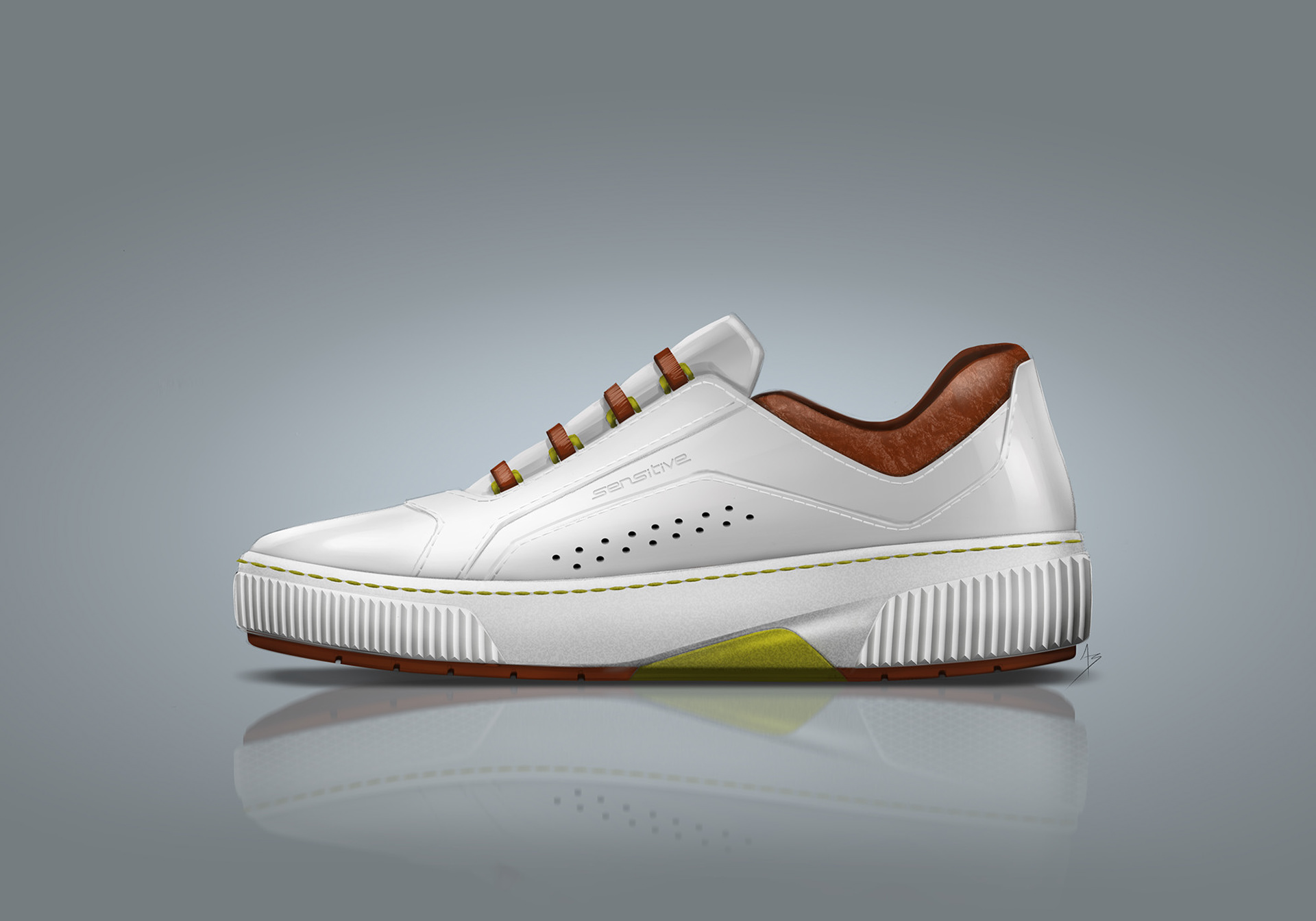
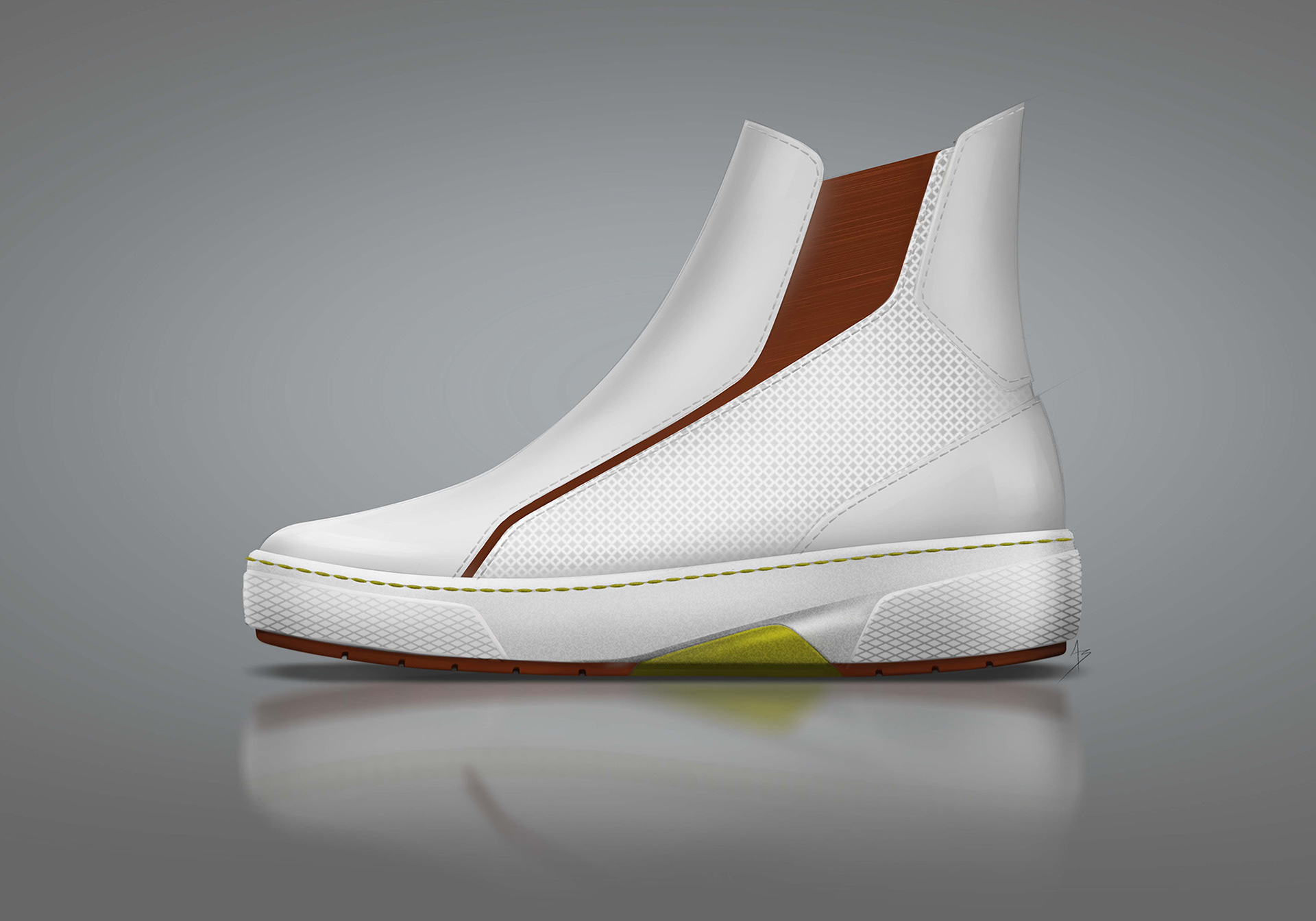
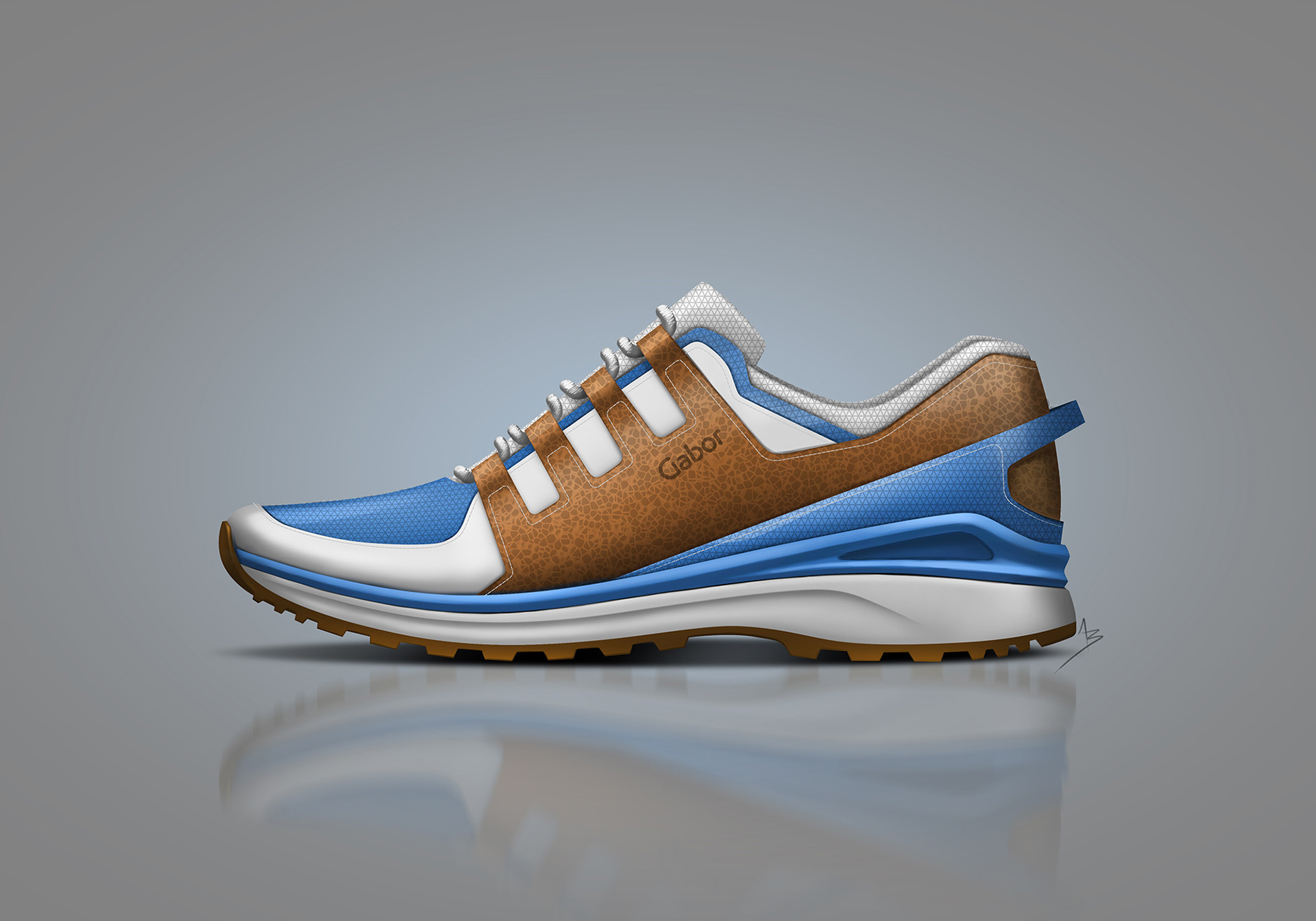
The shoe design process is a detailed and creative journey that involves several key stages, from initial concept to final product. It begins with research and inspiration, where designers study current trends, market demands, and the needs of the target audience. Next comes the sketching and ideation phase. Afterward, a 3D prototype is created.
3D design has revolutionized the footwear industry by offering faster, more efficient, and precise methods for creating and testing footwear concepts. With 3D design software, shoe designers can create detailed digital models that allow them to visualize every aspect of the shoe, from its shape and structure to the materials and textures.
Designers can model shoes to fit specific foot shapes or sizes, ensuring better ergonomics and comfort. Advanced features like parametric design enable customization at scale, so consumers can personalize their shoes according to preferences in color, fit, and even sole design.
Overall, 3D design has transformed the shoe industry, enabling designers to innovate faster, reduce costs, and offer more personalized, efficient, and sustainable designs.
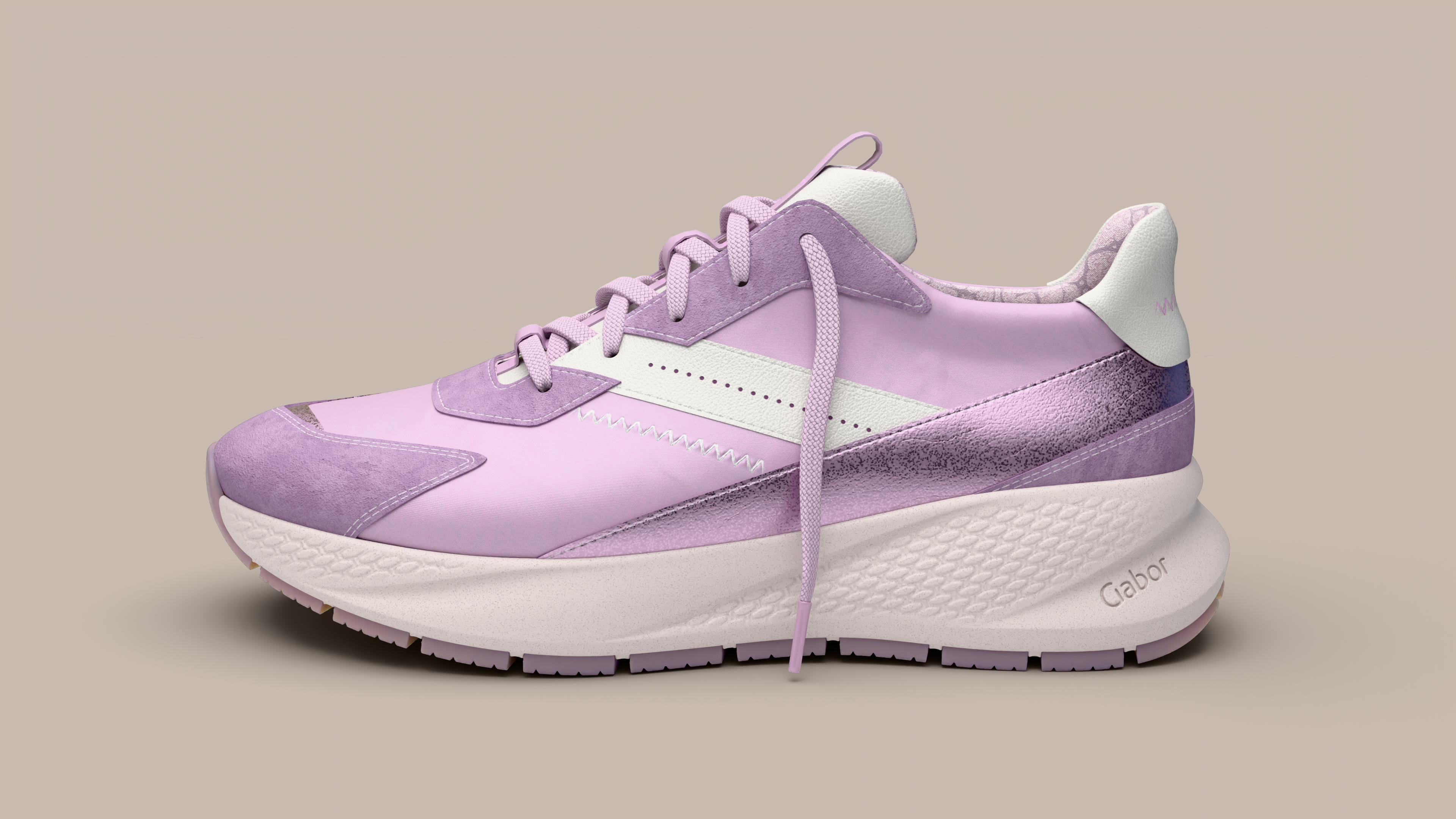
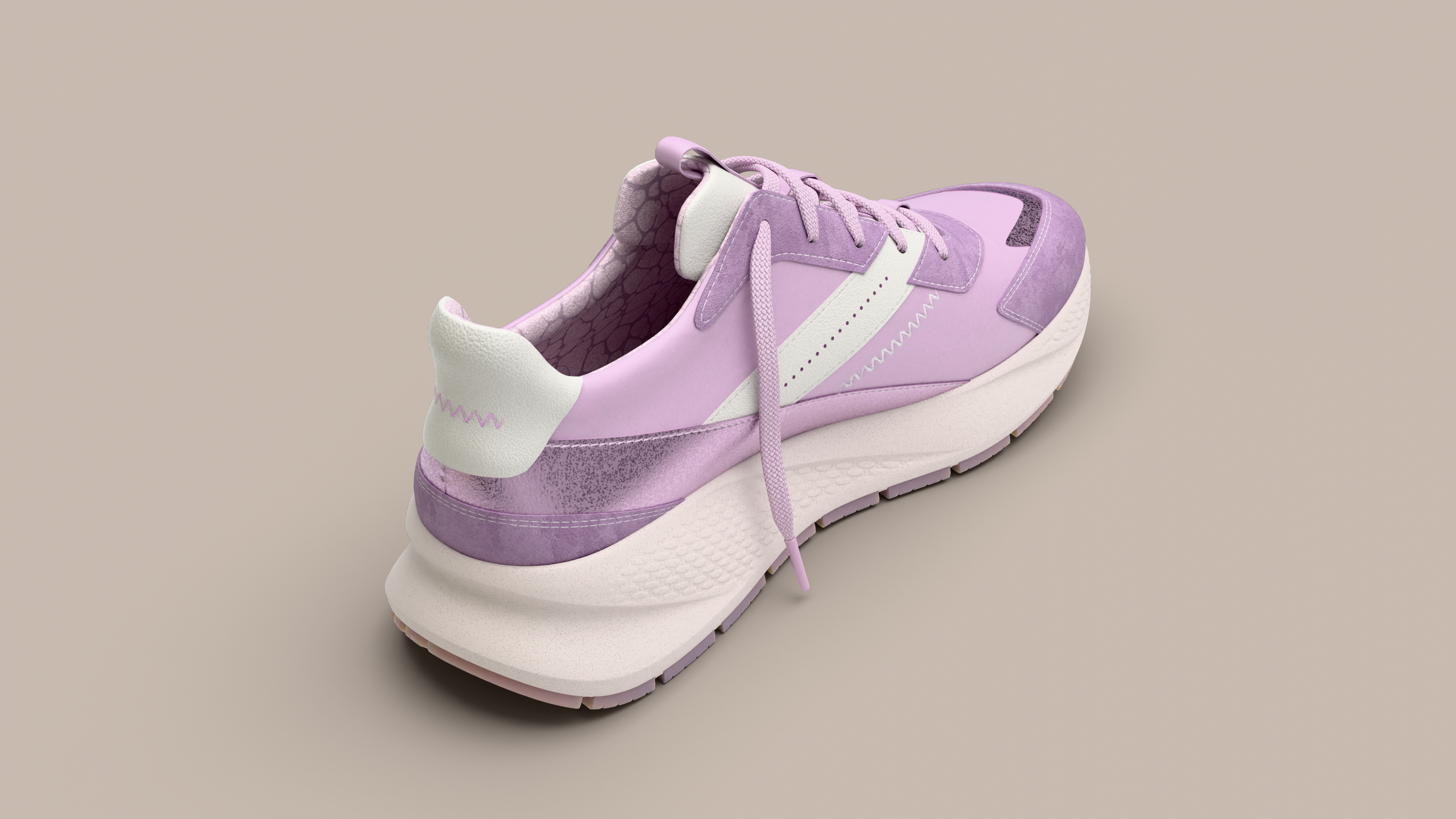
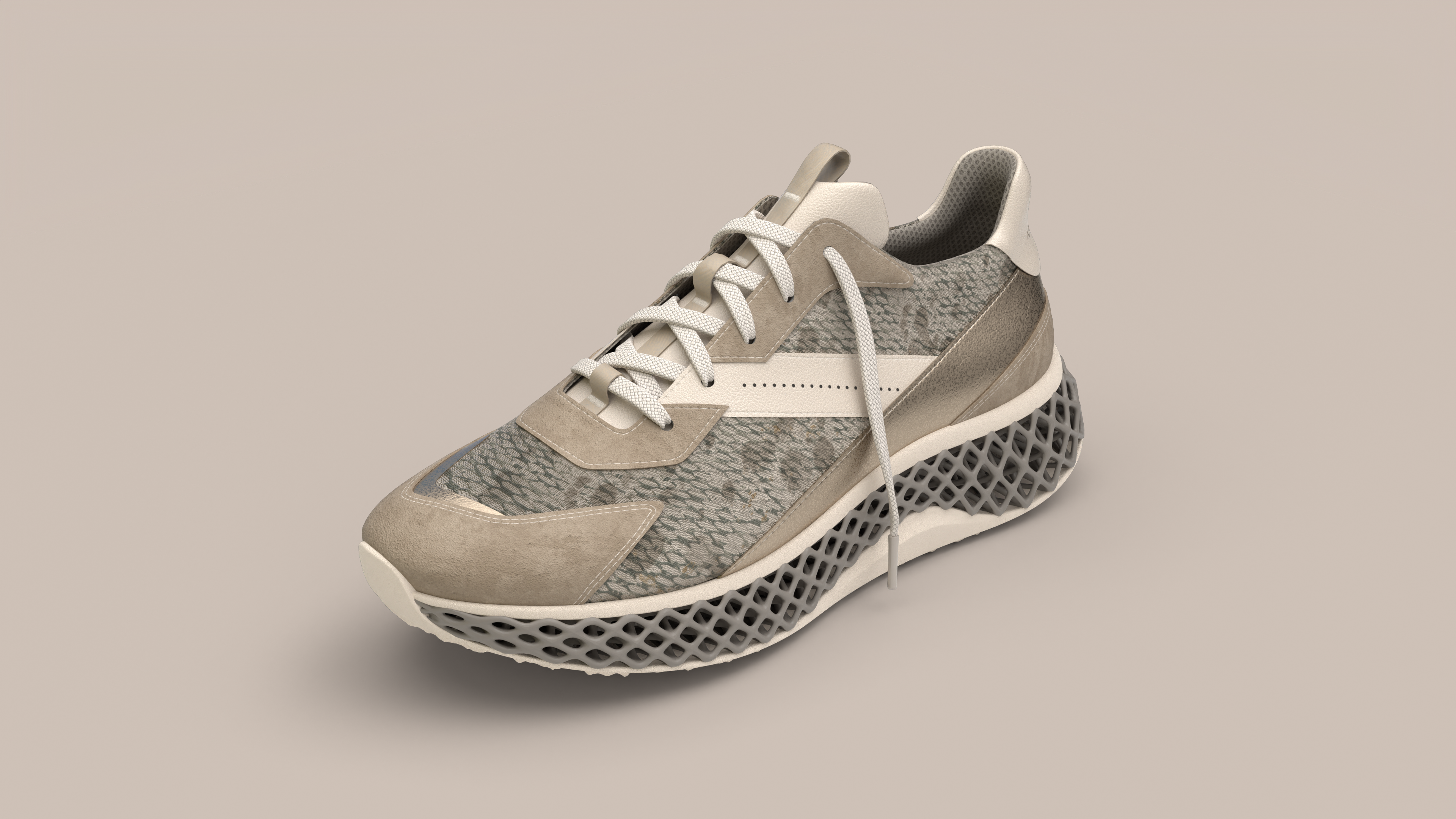
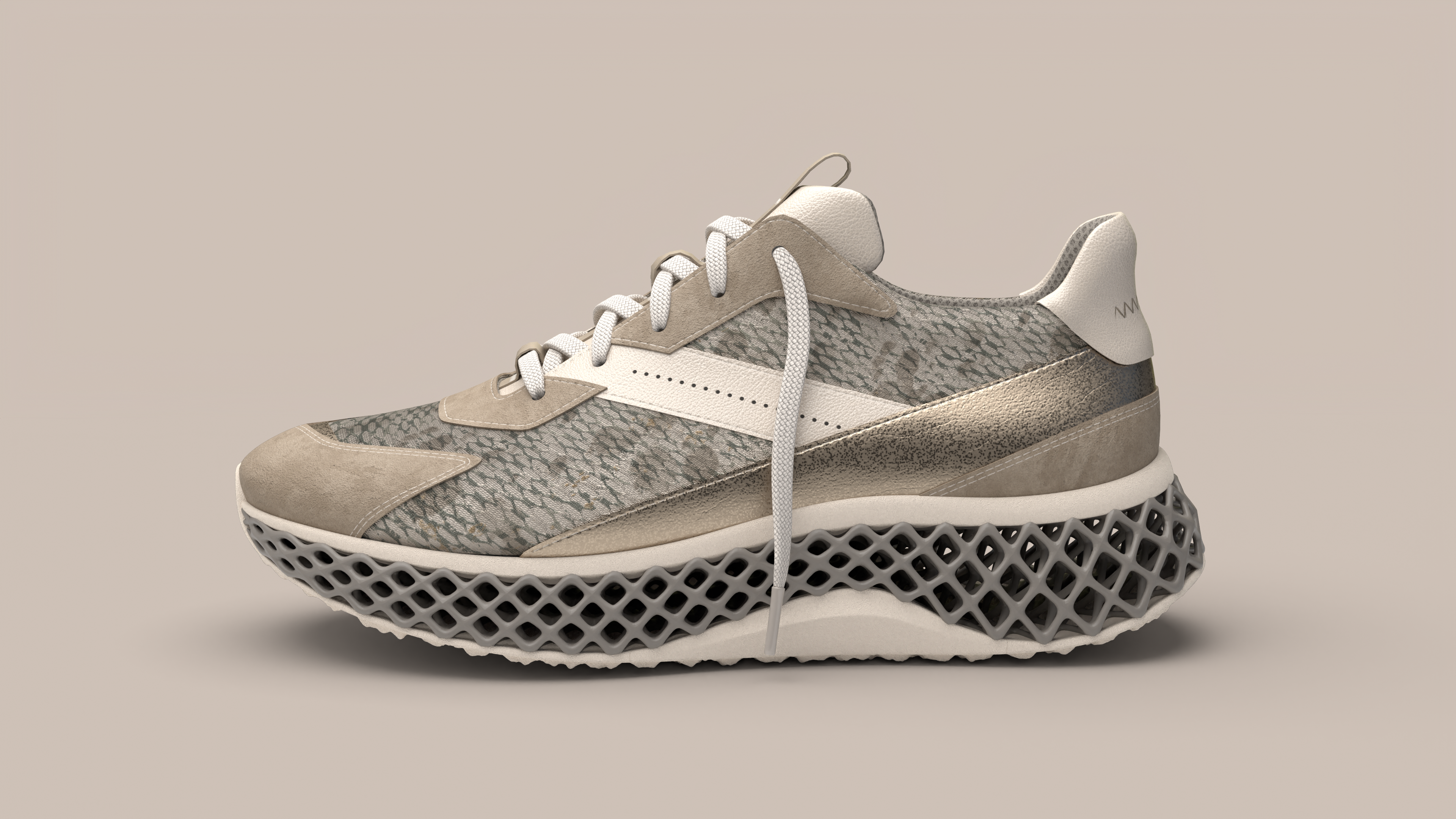
source: www.gabor.com
